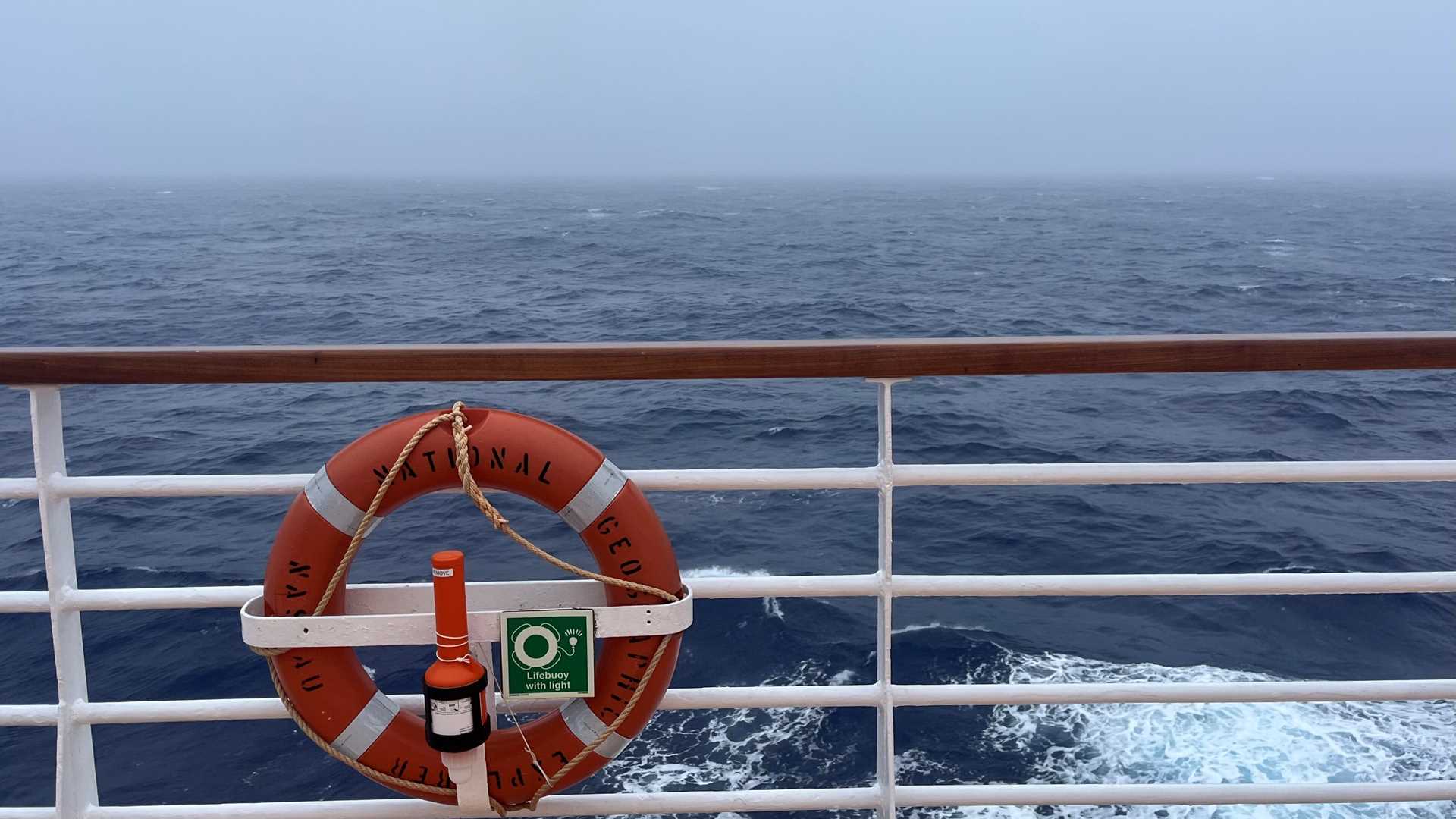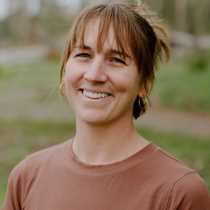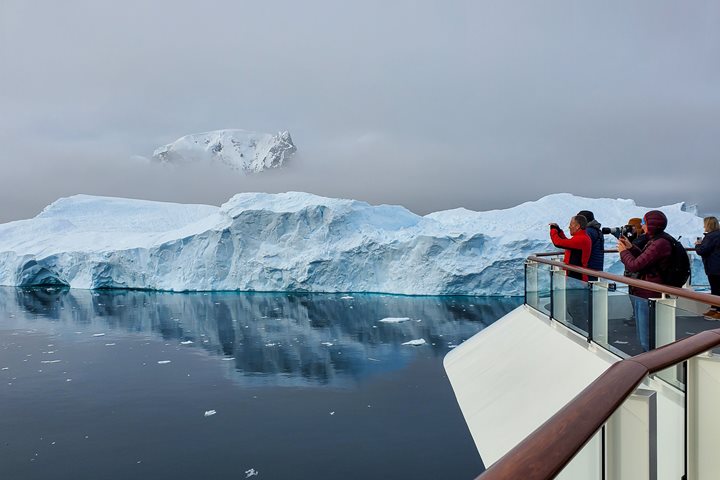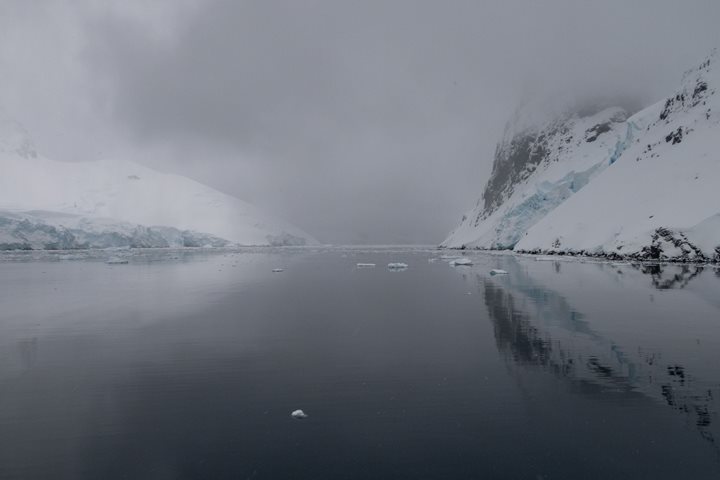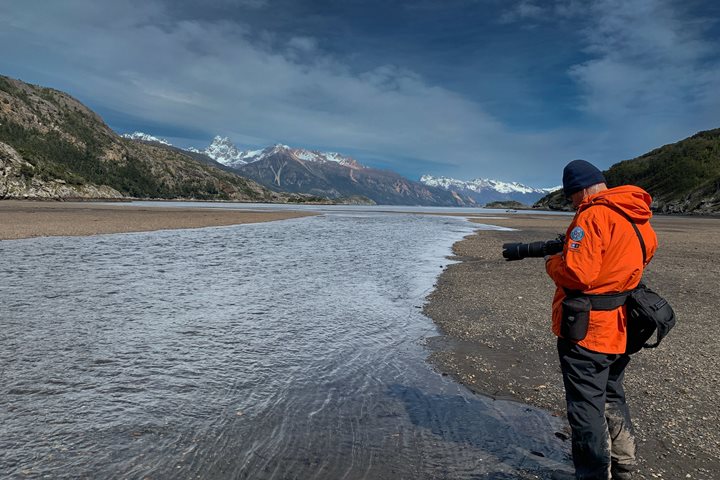Today is our first day crossing the Drake Passage after our Antarctic journey. We are fortunate to have relatively calm conditions as we cruise through the open seas once more. While we reflect on the wonders of the ice, marine wildlife, and scenery, we learn more about the place we grew to love through presentations from our naturalist team. There is something special about having a moment to pause and reflect. I find the outer decks, with the wind and sea spray, a refreshing place to soak in the moments. Like the seabirds that follow along our stern, we continue on our journey.
- Daily Expedition Reports
- 03 Mar 2025
North Drake Passage , 3/3/2025, National Geographic Explorer
- Aboard the National Geographic Explorer
- Antarctica
Shannon Malone, Naturalist
Growing up along the coastal environment of San Diego, Shannon started her first volunteer job at a local nature center at the age of six. Since then, she has built her personal life and professional career around connecting with nature. She received...
Read MoreShare Report
Antarctica and Patagonia: Legendary Ice and Epic Fjords
VIEW ITINERARYRelated Reports
11/14/2021
Read
National Geographic Explorer
LeMaire Channel and Pleneau Island
Morning began early on National Geographic Explorer with a beautiful cruise through the LeMaire channel. As the ship passed beyond the southern end of the channel, it was surrounded by ice with spectacular views of sea ice and icebergs. The Zodiacs were soon lowered to take everyone ashore at Pleneau Island for up close encounters with penguins. In the afternoon, Zodiacs zipped around grounded icebergs as everyone was treated to a cruise through monumental ice sculptures created by glaciers. The day ended as it began, with a trip through the always awe-inspiring LeMaire channel.
11/9/2021
Read
National Geographic Explorer
Jackson Bay, Karukinka Natural Park & Canal San Gabriel
During a rare, perfectly still and windless morning, we landed at Jackson Bay, in Admiralty Sound to visit the most remote section of Karukinka Natural Park, a private protected area managed by the Wildlife Conservation Society. At 330 hectares, this area protects some of the southernmost forests, grasslands and peatlands of the planet together with a vast array of wildlife including several endemic bird species and a colony of breeding elephant seals. We hiked through large stands of primeval forest to get to a waterfall that drains the overflow of some alpine glaciers still blanketing the peaks that flank the valley we walked toward.

